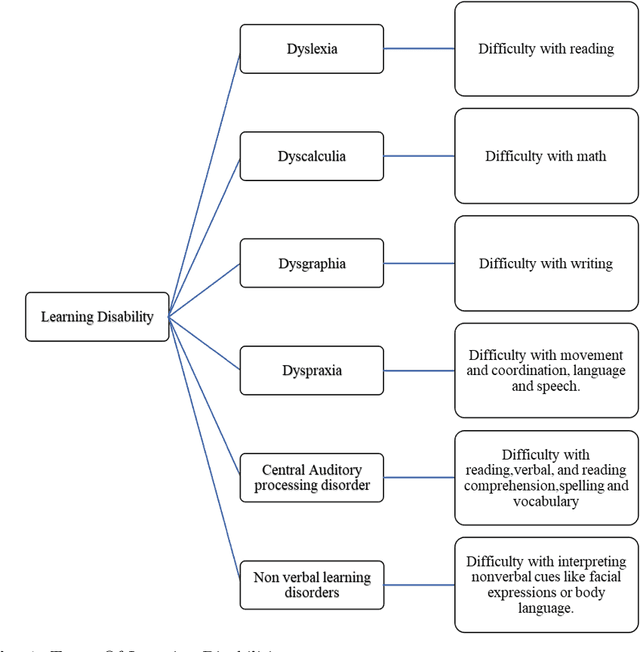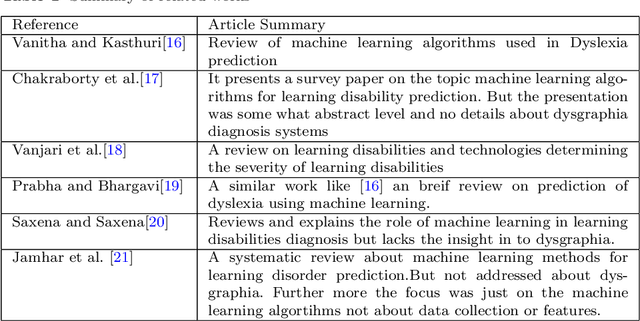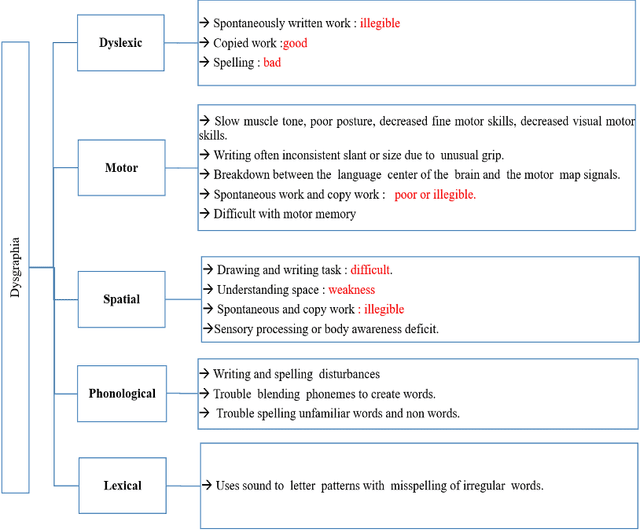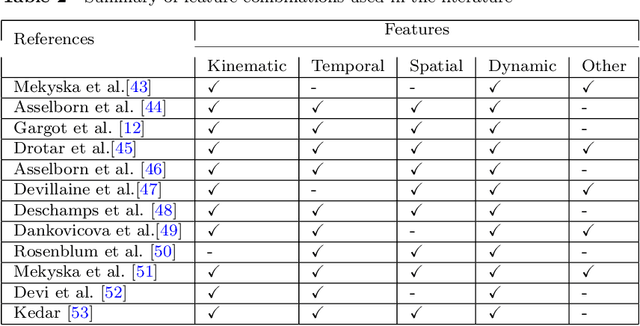Jayakanth Kunhoth
Multimodal Ensemble with Conditional Feature Fusion for Dysgraphia Diagnosis in Children from Handwriting Samples
Aug 25, 2024Abstract:Developmental dysgraphia is a neurological disorder that hinders children's writing skills. In recent years, researchers have increasingly explored machine learning methods to support the diagnosis of dysgraphia based on offline and online handwriting. In most previous studies, the two types of handwriting have been analysed separately, which does not necessarily lead to promising results. In this way, the relationship between online and offline data cannot be explored. To address this limitation, we propose a novel multimodal machine learning approach utilizing both online and offline handwriting data. We created a new dataset by transforming an existing online handwritten dataset, generating corresponding offline handwriting images. We considered only different types of word data (simple word, pseudoword & difficult word) in our multimodal analysis. We trained SVM and XGBoost classifiers separately on online and offline features as well as implemented multimodal feature fusion and soft-voted ensemble. Furthermore, we proposed a novel ensemble with conditional feature fusion method which intelligently combines predictions from online and offline classifiers, selectively incorporating feature fusion when confidence scores fall below a threshold. Our novel approach achieves an accuracy of 88.8%, outperforming SVMs for single modalities by 12-14%, existing methods by 8-9%, and traditional multimodal approaches (soft-vote ensemble and feature fusion) by 3% and 5%, respectively. Our methodology contributes to the development of accurate and efficient dysgraphia diagnosis tools, requiring only a single instance of multimodal word/pseudoword data to determine the handwriting impairment. This work highlights the potential of multimodal learning in enhancing dysgraphia diagnosis, paving the way for accessible and practical diagnostic tools.
Automated Systems For Diagnosis of Dysgraphia in Children: A Survey and Novel Framework
Jun 27, 2022



Abstract:Learning disabilities, which primarily interfere with the basic learning skills such as reading, writing and math, are known to affect around 10% of children in the world. The poor motor skills and motor coordination as part of the neurodevelopmental disorder can become a causative factor for the difficulty in learning to write (dysgraphia), hindering the academic track of an individual. The signs and symptoms of dysgraphia include but are not limited to irregular handwriting, improper handling of writing medium, slow or labored writing, unusual hand position, etc. The widely accepted assessment criterion for all the types of learning disabilities is the examination performed by medical experts. The few available artificial intelligence-powered screening systems for dysgraphia relies on the distinctive features of handwriting from the corresponding images.This work presents a review of the existing automated dysgraphia diagnosis systems for children in the literature. The main focus of the work is to review artificial intelligence-based systems for dysgraphia diagnosis in children. This work discusses the data collection method, important handwriting features, machine learning algorithms employed in the literature for the diagnosis of dysgraphia. Apart from that, this article discusses some of the non-artificial intelligence-based automated systems also. Furthermore, this article discusses the drawbacks of existing systems and proposes a novel framework for dysgraphia diagnosis.
 Add to Chrome
Add to Chrome Add to Firefox
Add to Firefox Add to Edge
Add to Edge